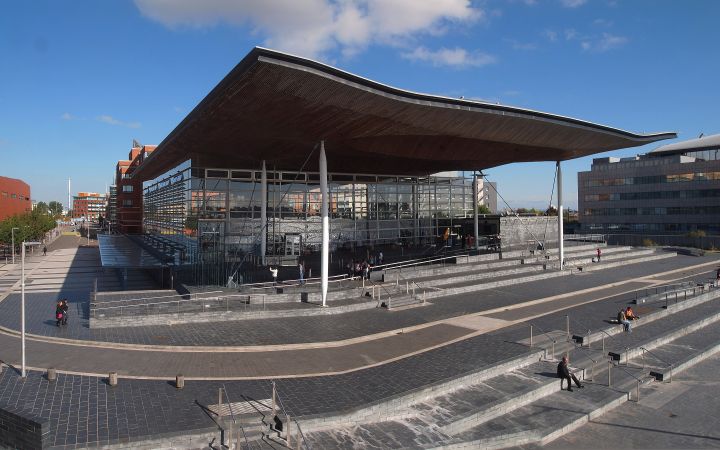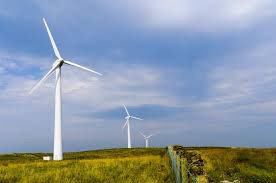What a difference a day makes
Wales is represented in two parliaments - one in Cardiff and one in Westminster. In Westminster, Members of Parliament hold seats which represent constituencies. These are areas of the country which have defined boundaries.

These have been decided by impartial boundary commissions, looking at how the number of voters in areas have changed and making adjustments to borders and names.Many Westminster seats will change radically at the general election on 4th July, under plans which will cut the number of MPs in Wales from 40 to 32.
The boundary commission announced last year that several Welsh seats would vanish in their current form. With the exception of Ynys Môn, every Westminster constituency in Wales will see changes. And some of the existing names for constituencies are disappearing completely, such as Arfon.1
In 2019 the Tories earned their largest haul since the Thatcher years, with 14 seats. Welsh Labour won 22 seats - still the largest party despite the performance of the Conservatives.
The first minister and Welsh Labour leader Vaughan Gething said on X: "People across Wales are calling out for a change of government, an end to Tory chaos and two Labour governments working together - for Wales and Britain."2

Higher Growth Future
Wales’ diverse business community has demonstrated its resilience since the last General Election.
Since 2019, Welsh companies have weathered many economic challenges from Covid19 and skills shortages, to global supply chain disruption and energy price rises. Welsh business wants the new government to plan a trajectory to a higher-growth future.
The British Chambers of Commerce have proposed policies in five key areas People and Work, The Local Economy of the Future, Global Britain, Green Innovation, The Digital Revolution.
Chambers Wales endorses these, but also asks for government focus on fast tracking existing Welsh projects and investment in skills and infrastructure.

Wales’ economy is transitioning from being a global leader in producing coal energy, to a global leader once again in net zero power production and new technologies. Government infrastructure investment will grow the low-carbon economy in Wales’ industrial heartland.
Wales has a striking variety of products and services to offer the world. A place of innovation, creativity, and a place where people are our biggest asset, and our economy is on the cusp of some pretty remarkable large scale projects. As we head to the election booths on 4th July it is clear Wales is open for business.3
Parc Felindre is not only open for business with immediately available business land, but also a sound investment for new business technologies. A new concept of landscaped business location to help inspire a future of new growth and positive change from traditional fuel to new energies.
Contact our agent direct for more information on Parc Felindre available now.
References
1 https://www.bbc.co.uk/news/articles/cpeenlej54do
2 https://www.bbc.co.uk/news/articles/cmllmvlvj82o
South West Wales Regional Economic Delivery Plan
3 https://businessnewswales.com/support-welsh-business-towards-a-higher-growth-future/
from article by Paul Butterworth CEO Chambers Wales
Photographs courtesy of
Cardiff Government Building (Wikipedia)
https://research.senedd.wales/maps
Wales has already started cutting carbon emissions to net zero
https://csp.southwales.ac.uk/news/how-small-states-can-cut-their-carbon-emissions-to-net-zero-wales-has-already-started/




